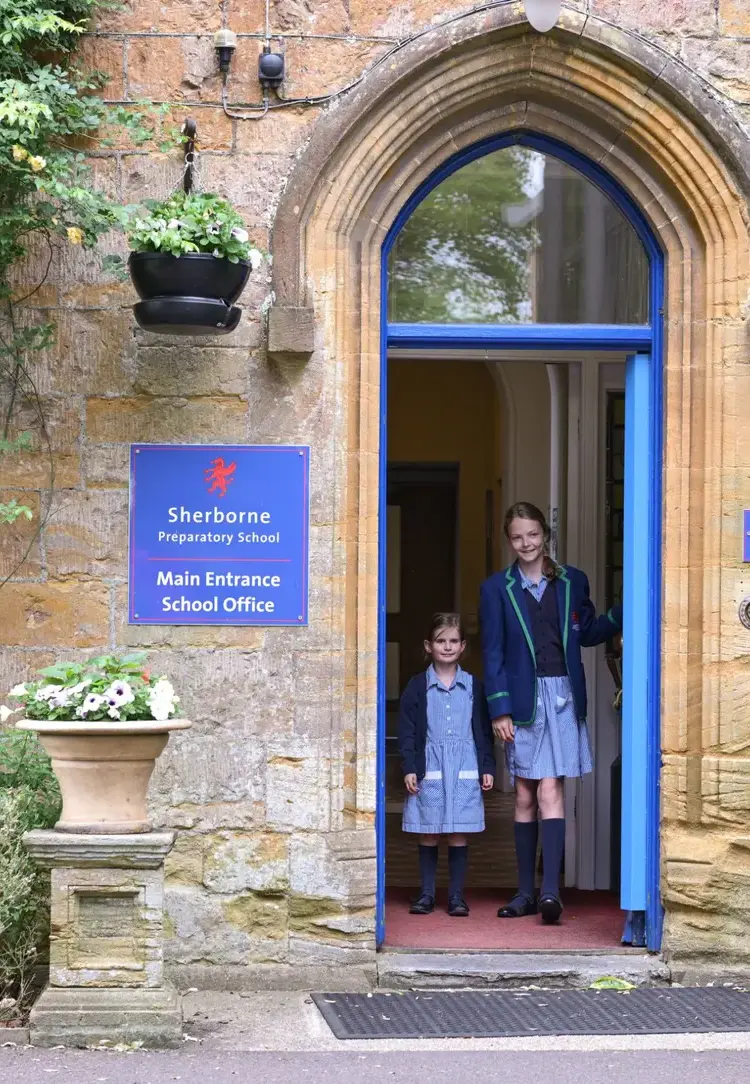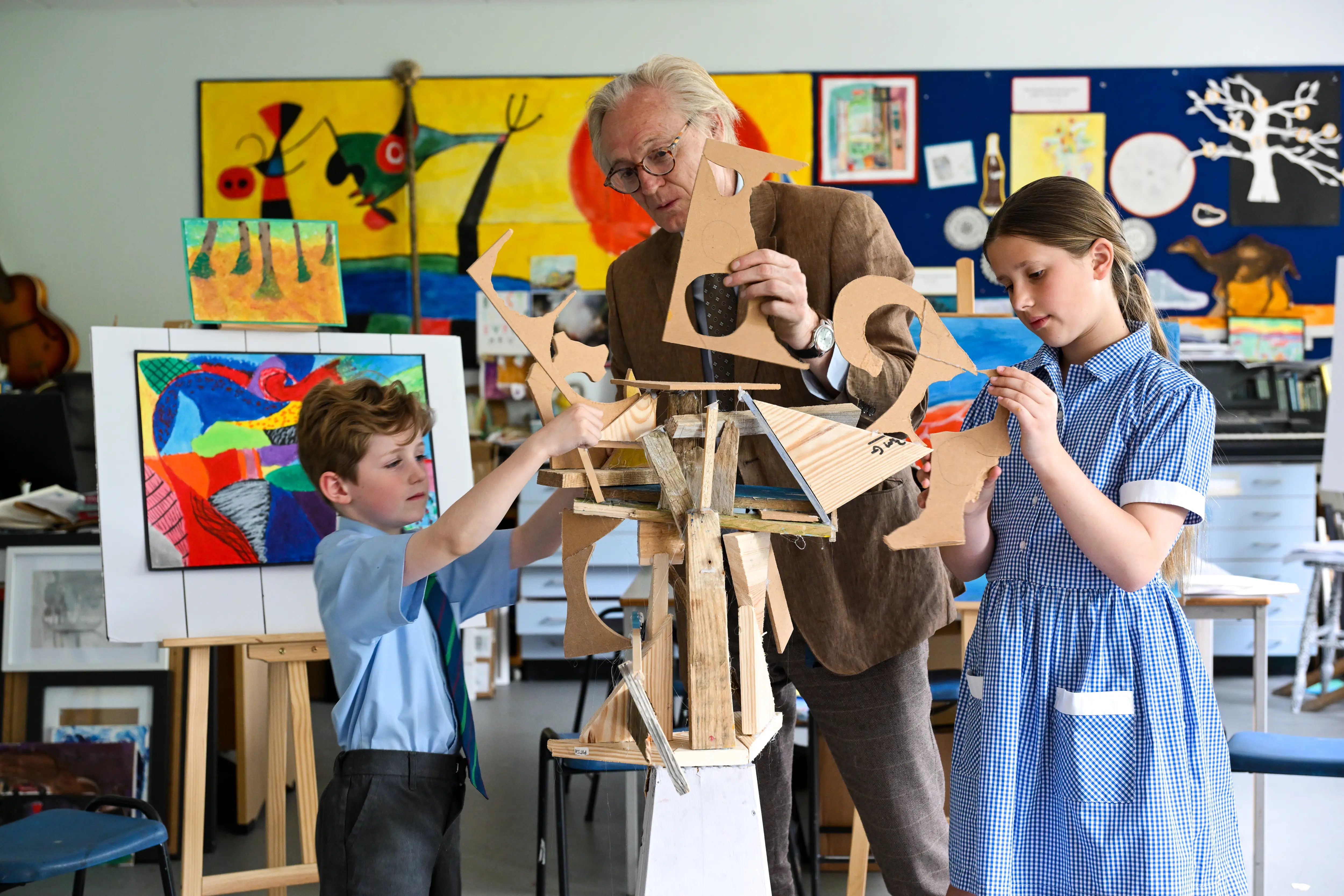The balancing act of listening
By Fernando Velázquez, Head of Art
Education is more than instruction. It is, at its core, about awareness. Art, in particular, offers a unique window into this awareness. While schools rightly continue to value traditional fine art skills and creative expression, I’ve seen a quiet evolution in art education throughout my career. Cultural change, global events and shifting social values all alter how we see the world and what we choose to prioritise. Amid this flux, we must remain grounded in the purpose of education while staying alert to the transformations taking place around us.
In my classroom, I don’t just see young artists. I see future doctors, architects, politicians, lawyers, and engineers – all learning to observe, interpret and express. Art has changed, of course. It now exists in both the physical and digital world. Instant creation is possible with tools once unimaginable. And yet, the patience required for a drawing or sculpture remains unchanged. Our pupils move between these two realities with remarkable agility. They are faster, more instinctive processors of information than any previous generation, but they still find joy in a carefully shaded sketch or a thoughtful critique. That, to me, is the magic: the balance between ancient tools and modern minds.
This balance is essential. Technology has transformed how we work and create, but art reminds us who we are. As AI continues to evolve, we will see new forms of artistic collaboration. In the future, creativity may be shared across borders, platforms and even with machines. But the human spark – the idea that begins with a pencil, a brush, or a question – remains vital.
Pupils must be encouraged to be themselves in a world that demands flexibility and empathy. They should look to the past with curiosity, admire what came before and draw from it, while also embracing the present and the potential of the future. Art teaches them to question and reflect, to understand other viewpoints and form their own – skills essential to building a fairer, more thoughtful world.
Art education is not a luxury. It is a central, vital part of how we grow minds. It promotes emotional honesty, critical thinking and social awareness. It prepares pupils not just to succeed, but to contribute meaningfully to a complex world.
As we move through this new landscape, may we nurture change with care, and preserve the vision of education as a joyful, questioning and deeply human pursuit – led by art, and rooted in listening.


